Description
Peppermint Aromatherapy
“The smell of mint stirs up the mind and appetite to a greedy desire of food.”
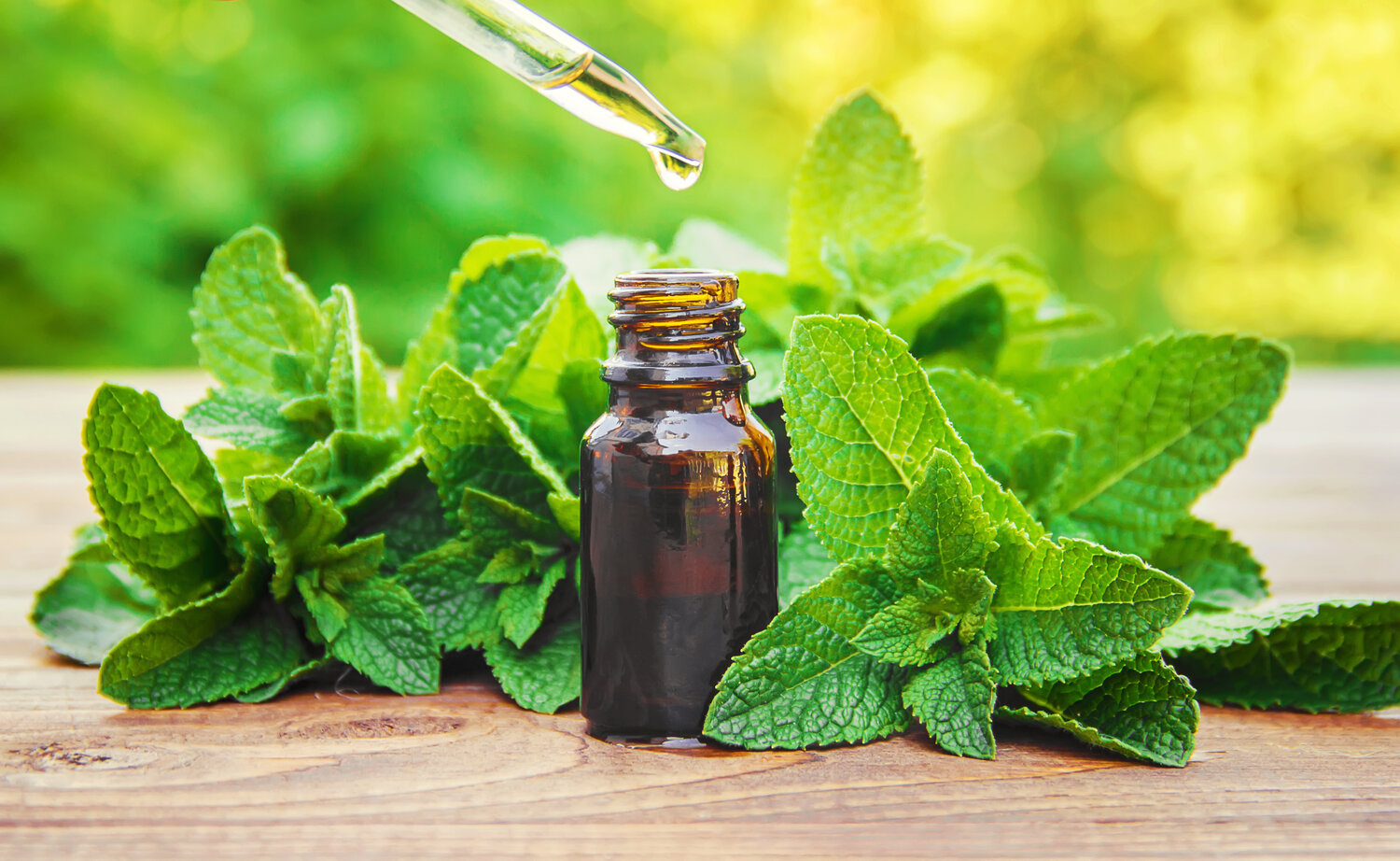
Botanical name: Mentha arvensis L.
Origin: India
Source: Leaves
Peppermint (botanical name Menta piperita) is basically a hybrid plant – a cross between the spearmint and watermint. Although the herb is native to Europe, presently it is grown across the globe. This perennial herb possesses numerous therapeutic properties that were identified and used by the Indians, Egyptians and Chinese since the ancient times. In order to avail the detoxifying attributes of the peppermint, the ancient Romans used to make wreathes with this herb and wear them as crowns during festivities. Owing to its sharp and spicy fragrance, peppermint is well accepted by most people.
The peppermint plant usually grows up to a height of 30 cm to 90 cm. The plant has smooth stems that are squares in cross section. The rhizomes or subterraneous roots of the plant are fleshy and travel far and wide, while the bare roots are fibrous. The plant bears deep green leaves with reddish veins that are 4 cm to 9 cm in length and 1.5 cm to 4 cm in width. The peppermint plant bears purplish blooms that have four-lobed corolla in whorls around the stem. The plant usually blossoms between mid and late summer.
The essential oil extracted from peppermint not only has a soothing effect, but it also rejuvenates the skin and is tremendously resourceful for domestic use. The oil possesses a clearing aroma that is effective in fighting fatigue and, at the same time, very stimulating. Use of this essential oil enhances the capability to concentrate as well as brings clarity of thoughts and decisions. Peppermint essential oil is said to be inspiring and revitalizing.

It may be mentioned here that irrespective of the herb, all essential oils are prepared solely using the herbs or the plants. This denotes that the essential oils do not enclose any outside element, such as moisturizer, which could dilute their attributes or potency. As a result, whenever bottles containing essential oils are opened, they exude an exceptionally strong smell.
Peppermint essential oil is beneficial for people enduring headaches, asthma, cramps, fainting, colic, flatulence, nausea, and fevers. It is known to be highly effective in relieving pains associated with these conditions. This oil also has the potential to alleviate the symptoms of insomnia, distress, tension, anxiousness, lethargy and/ or vertigo (light-headedness). The essential oil extracted from peppermint can be used in various ways. Some of the different uses of peppermint essential oil are briefly mentioned below.
- Since peppermint oil possesses potent antiseptic properties, it is very helpful in dental care. This oil not only helps to get rid of foul breath, but also aids the gums and teeth to fight germs. Therefore, it is hardly surprising that peppermint essential oil forms an active ingredient in a number of toothpastes. In addition, like clove oil, peppermint essential oil is highly effective in healing toothaches.
- The essential oil extracted from peppermint is also effective in alleviating digestive problems, while promoting digestion. On many occasions, people add a few drops of peppermint essential oil in a glassful of water and drink it following a meal with a view to facilitate digestion. The digestive properties of peppermint essential oil make it an excellent tonic for those enduring poor appetite. This oil also possesses carminative properties and is effective in expelling gas formed in the stomach and intestines, thereby, providing relief from flatulence and bloating.
- Peppermint essential oil is also a good home remedy to cure headache and nausea. Topical application of watered down peppermint oil on the forehead is helpful in providing relief from headaches.
- As in the case of majority of the essential oils, peppermint essential oil also has the aptitude to alleviate tension, depression as well as mental exhaustion. These actions of peppermint essential oil are attributed to its ability to revitalize and refresh. This oil is also helpful in providing relief from nervous anxiety and restiveness. It is also known to be an effective remedy for insomnia.
- Peppermint essential oil encloses calcium antagonism which is believed to facilitate in providing relief from pain. This oil also has a cooling nature, which is effective in bringing down high temperatures during fever.
- As mentioned before, peppermint essential oil contains high amounts of menthol which is beneficial for the health of the skin. Owing to the presence of menthol, using this oil topically on the skin brings forth a cooling effect. In addition, this oil nurtures dry skin and removes the problems associated with oily skin.
- Peppermint essential oil is also extremely beneficial for our hair. It brings forth a calming effect when applied on the head and facilitates getting rid of dandruff and lice. In addition, peppermint nourishes the hair follicles and makes the hair appear glistening.
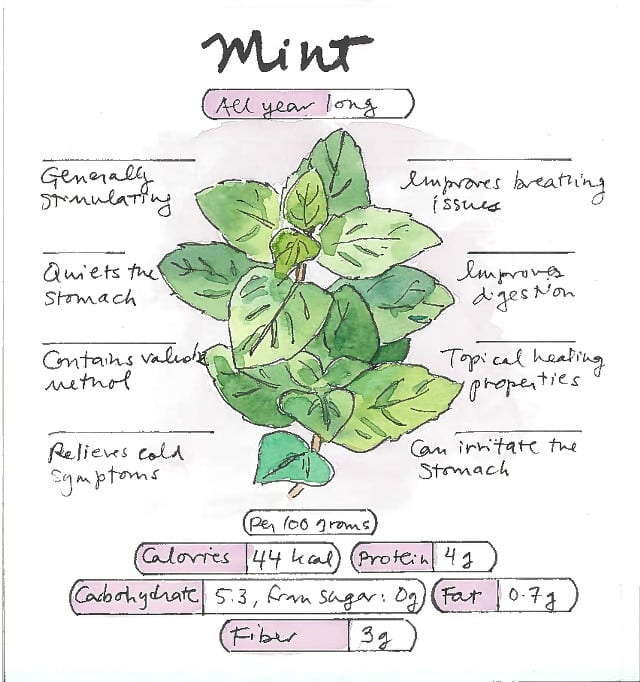
General properties
antibacterial
antiseptic
antispasmodic
carminative
stimulant
stomachic
tonic
Blends well with
eucalyptus
juniper
lemon
rosemary
rosewood
General uses
abdominal pains
acne
anorexia nervosa
bites
bruises
colic
coughing
mouth thrush
mouth ulcers
nausea
painful menstruation
stings
stress
swollen gums
toothache
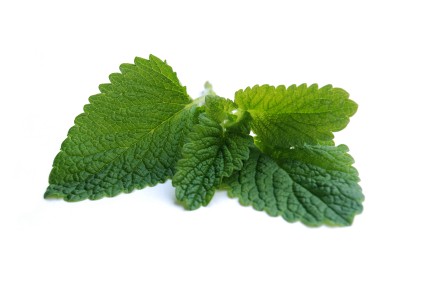
Precaution
Although the essential oil extracted from peppermint possesses several therapeutic properties, it is said that this oil negates the efficacy of a number of homeopathic medications. Similar is the case for the essential oil derived from eucalyptus.

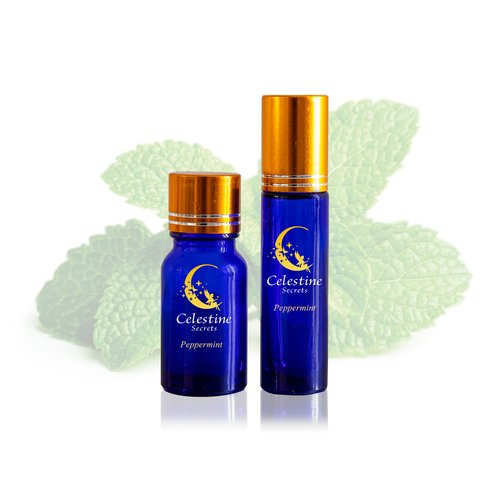

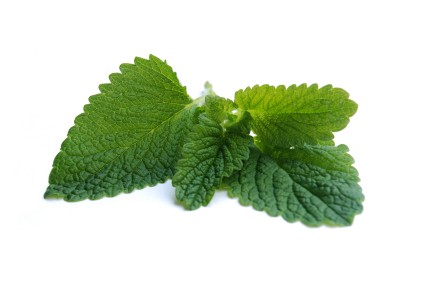
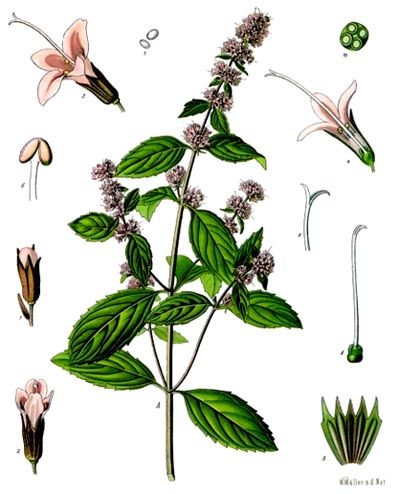
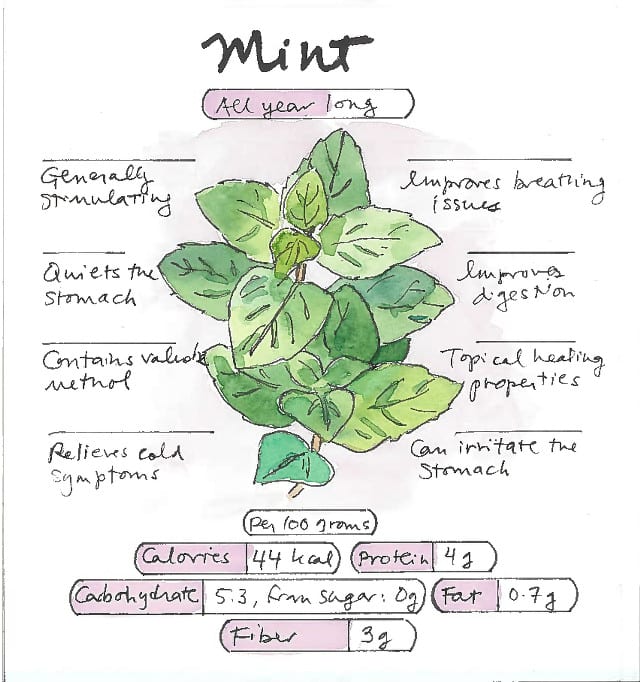

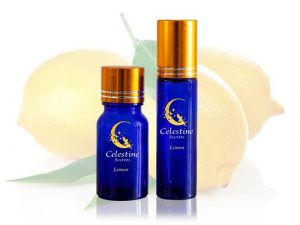
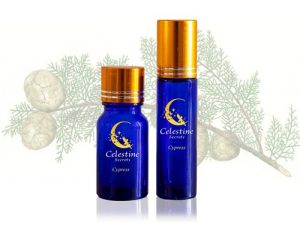
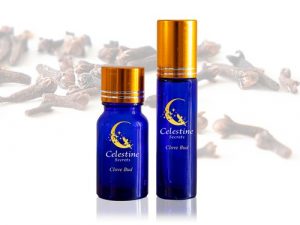
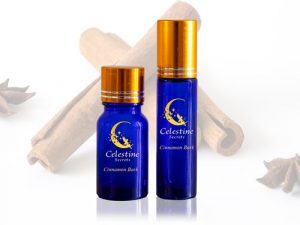
Reviews
There are no reviews yet.